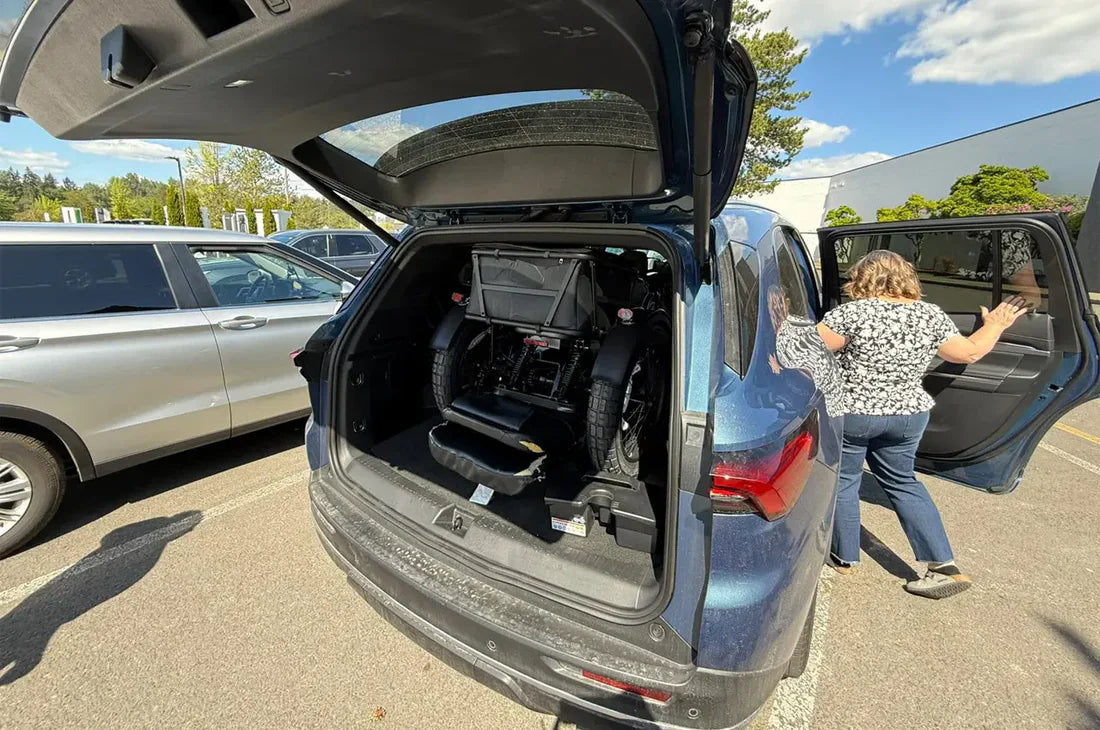
How to Transport a Trike When Travelling: Practical Tips That Actually Work
So, you’ve got yourself a three-wheeled ride—comfortable, stable, and perfect for getting around town. But now you’re planning a trip. Maybe it’s a countryside getaway. A family visit. Or you’re heading south for the winter and want to bring your trike along.
Either way, the big question is:
How do you transport something this big and bulky?
Let’s break it down with practical options and honest pros and cons—because not everyone has a van parked outside.
1. Fold It—If You Can
Some upright trikes are designed to fold down, either at the frame or handlebars. If you’ve got a foldable model like the Meet One Breeze or something similar, you’re already halfway there.
Pros:
- Fits in many estate cars or SUVs with seats folded down
- Easier to handle—no rack or lift needed
- No extra kit required
Cons:
- Still heavy—most foldable e-trikes weigh 30–45 kg
- Takes time and space to collapse
- Might not fit smaller hatchbacks
👉 Tip: Use yoga mats or moving blankets to protect your car’s interior from pedals and metal parts.
👉 Heads-up: Even when folded, lifting the trike into the car is usually a two-person job. If you're travelling solo and can’t manage the weight, a hitch-mounted rack or small trailer might be the better option.
2. Use a Trike-Specific Hitch Rack
Standard bike racks typically won’t work. But there are specialist racks designed for electric trikes—brands like Hollywood Racks and Alpaca offer models that fit wider frames and heavier weights.
Pros:
- Mounts to the back of your car
- No need to lift over your head
- Keeps trike fully assembled
Cons:
- Requires a tow bar with appropriate weight rating (Class II or III equivalent)
- Can cost £400–£700
- May block boot access
👉 Watch for: Weight limits. Some trikes exceed 45 kg—make sure both your rack and tow bar are rated for the load.
👉 Loading tip: Start by lifting the front wheel into the rack, then raise the rear wheels one at a time. If that’s too heavy, a small loading ramp can save your back—especially when travelling solo.
3. Load It Into a Minivan, SUV, or Estate Car
If your trike doesn’t fold, your best bet is a roomy vehicle. With rear seats folded flat, many full-size estate cars and SUVs can fit an upright trike if you turn the front wheel sideways.
Pros:
- Protected from weather
- No external equipment required
- Great if you already own a large vehicle
Cons:
- Likely a two-person lift
- Might need to remove one or both rear wheels
- Muddy tyres = messy interior
👉 Tip: Bring a portable ramp or folding loading tray to make things easier.
4. Use a Small Trailer
If you travel frequently or bring extra kit, investing in a small utility trailer might make sense.
Pros:
- Loads of room for gear or more than one trike
- No need to lift high
- Works with any vehicle that has a tow bar
Cons:
- Requires registration and regular maintenance
- Can be tricky to park or reverse
- Not ideal for short trips or solo riders
5. Shipping or Delivery Services
In special cases—like snowbird-style travel or long relocations—some riders use bike shipping services (like SendBike or specialist couriers) to transport their trike.
Pros:
- No lifting or setup
- Arrives ready to ride
Cons:
- Expensive
- May take several days
- Needs careful packaging
Final Thoughts: Choose What Works for You
There’s no one-size-fits-all solution. Got a foldable trike and a spacious boot? Brilliant. No fold? A tow bar rack or trailer can save the day.
Whatever you go for, practice loading and unloading at home first—you don’t want your first time to be in a tight car park or with a queue behind you.
And don’t forget: tie-down straps, wheel chocks, and padding are your best friends.
Got a clever setup of your own? Let us know how you travel with your trike.




















